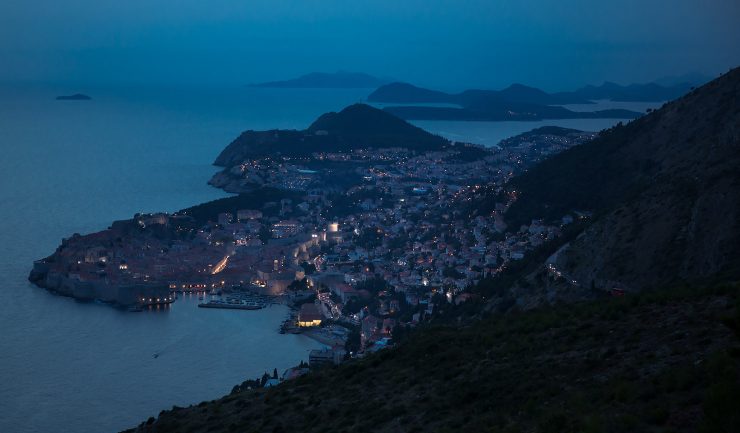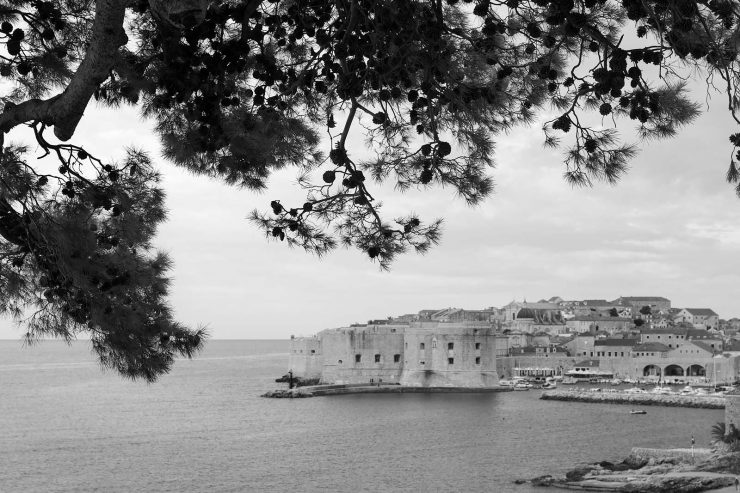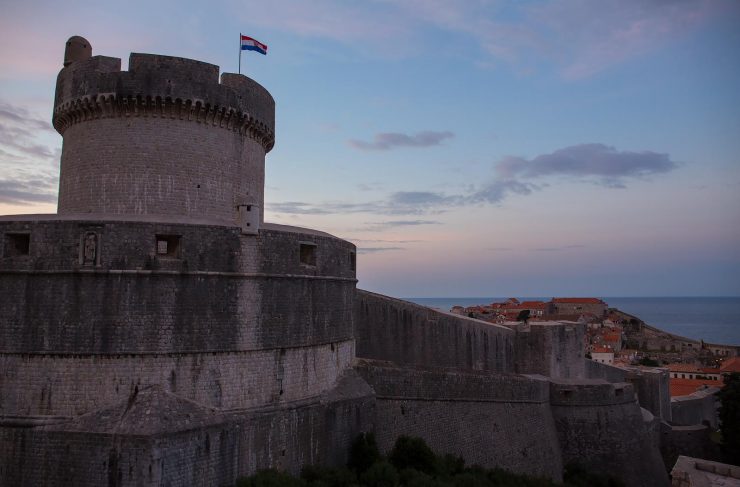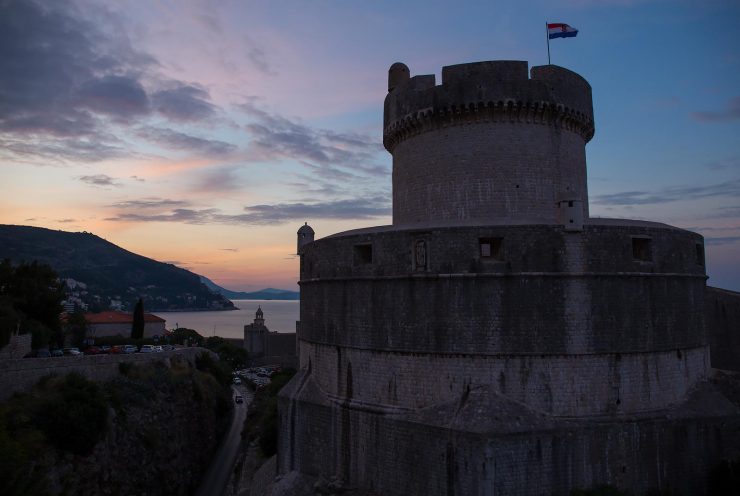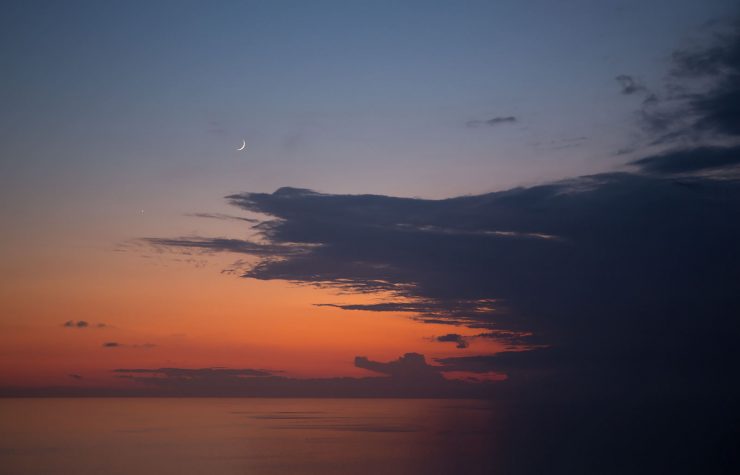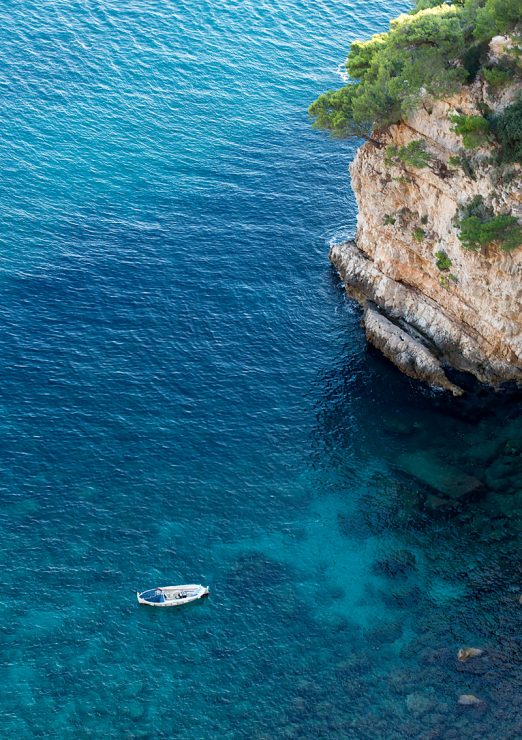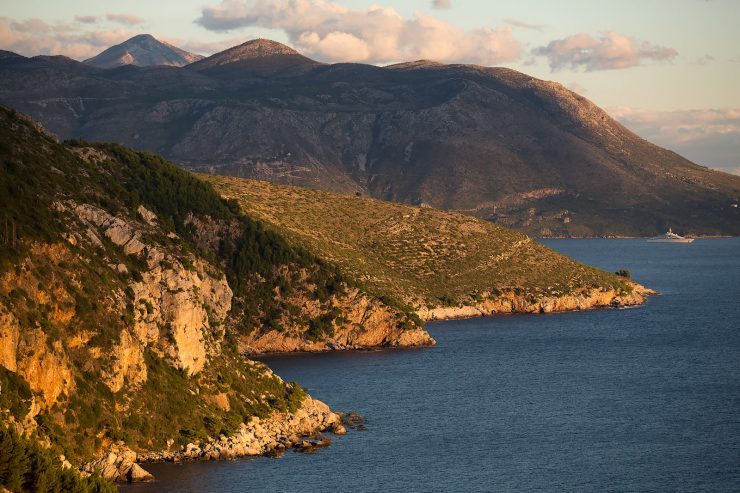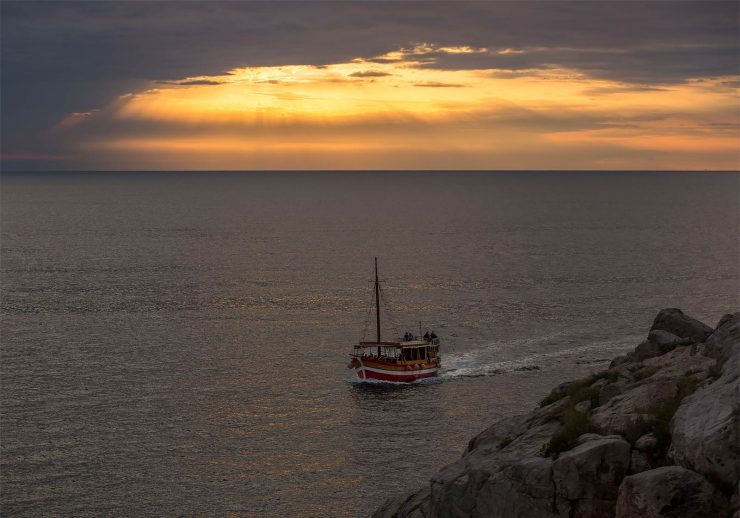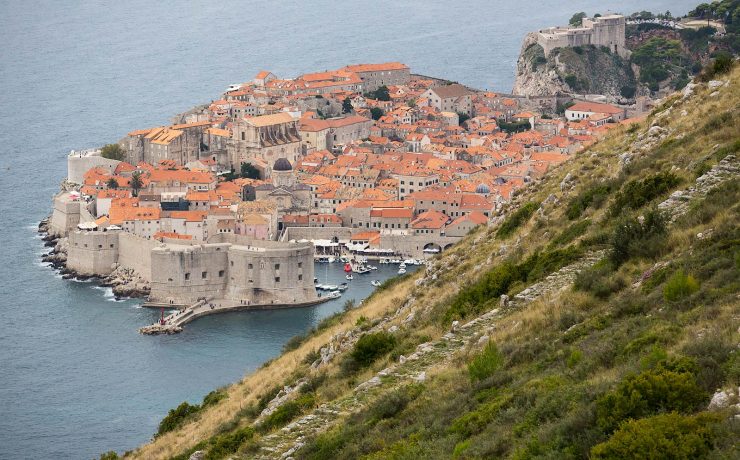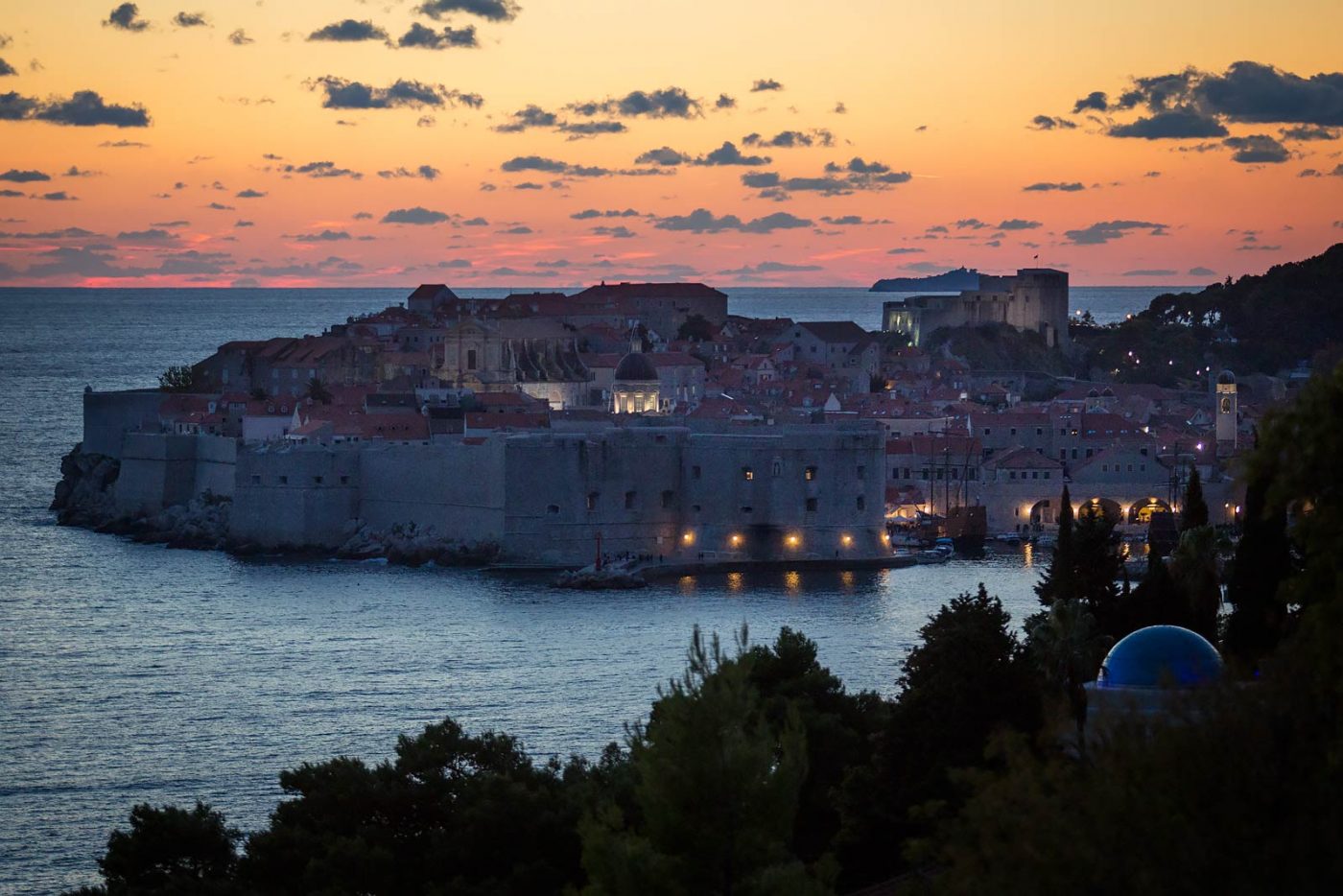I decided to spend a month in Croatia. There were a few reasons: I had heard good things about it, I’d seen pictures of Dubrovnik’s old town. Mostly, though, I was curious. When I was a teenager, I spent a year in Austria, and at the time, the war between the Croatians, Bosnians, Serbs and Montenegrans was still raging, and some of the refugees had ended up in my German For Foreigners class in Austria.
The train from Budapest arrived in Zagreb late in the evening, so although I had a chance to watch the sun set over the north Croatian landscape, I didn’t have a chance to photograph it. I spent almost no time in Zagreb… less than 24 hours, but it has a warm place in my heart because there were books everywhere: there were tables of books for sale in the train station, there were book sellers on the streets, and there was an unusual abundance of bookshops.
I took a bus to Split Croatia, down on the coast, and immediately liked it. It was a typical, beautiful (if not very affluent) Mediteranean city. The poeple were friendly and had that laid back attitude that is so common in Spain and parts of Italy. The weather was warm and comfortable, and everything was cheap.
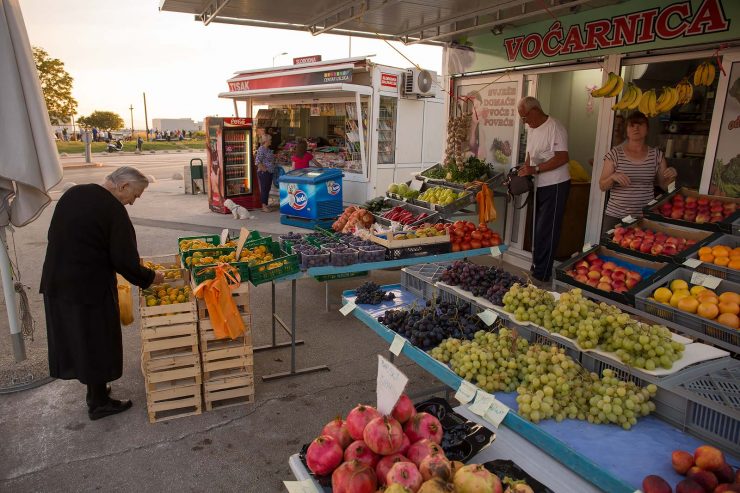
Finally, I headed down the coast to Dubrovnik and took up residence in an apartment just outside the old city walls. My apartment was just steps away from a large tower (Minčeta Tower) that was the set for the Game of Thrones scenes involving the House of the Undying in Qarth.
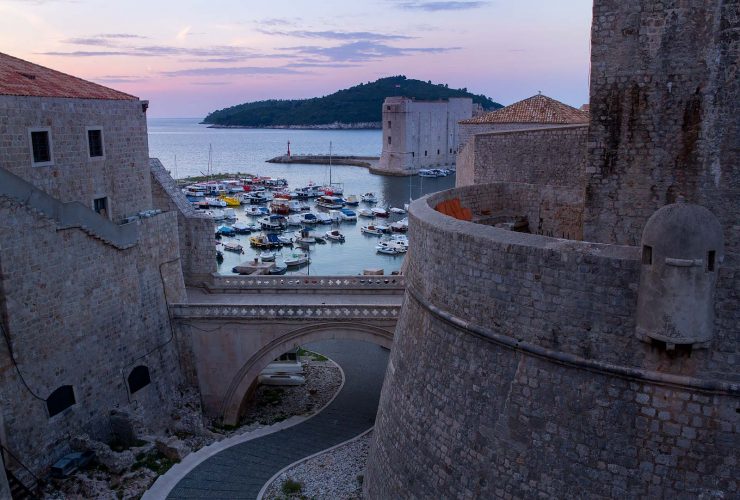
The morning after my arrival, I walked down the coast to catch the sunrise over the old walled city. The rocky coast was full of interesting details: caves, stone walls, an arched stone bridge, and attractive gazebos. This became one of my favorite locations to view the city; it was relatively unknown so I always had it to myself, and it provided an unobstructed view of the old town and harbor.
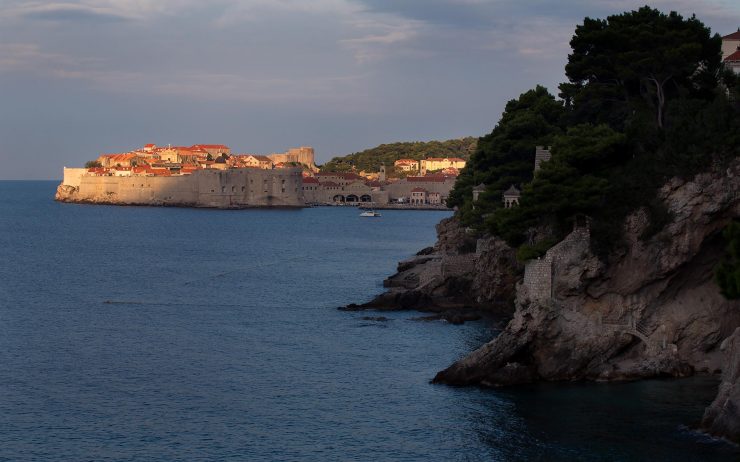
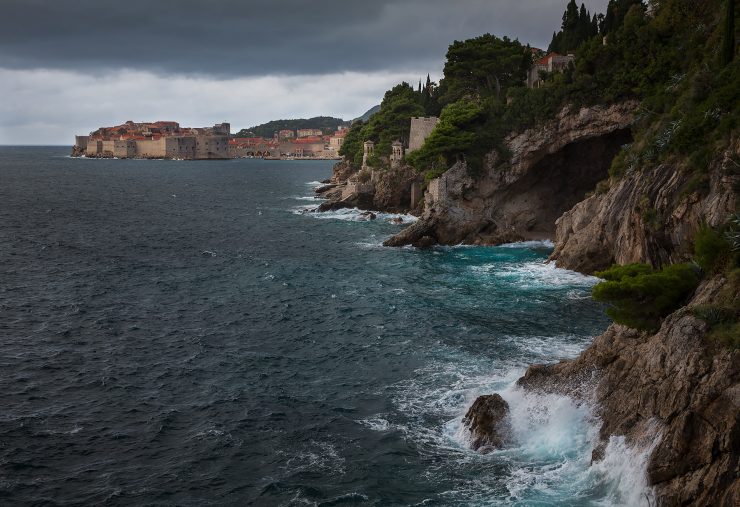
Over the following weeks, I took very few photos in the city itself. Even in late October, it was full of tourists for most of the day, and after the first few days, most of the architecture started to just seem normal to me anyway.
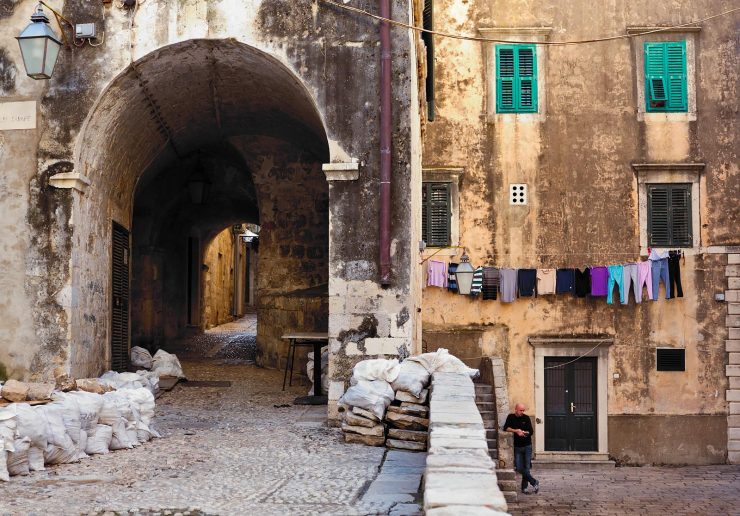
Even stormy weather didn’t drive the tourists inside, which was lucky; they were good subjects when large waves surprised them at the edge of the harbor.
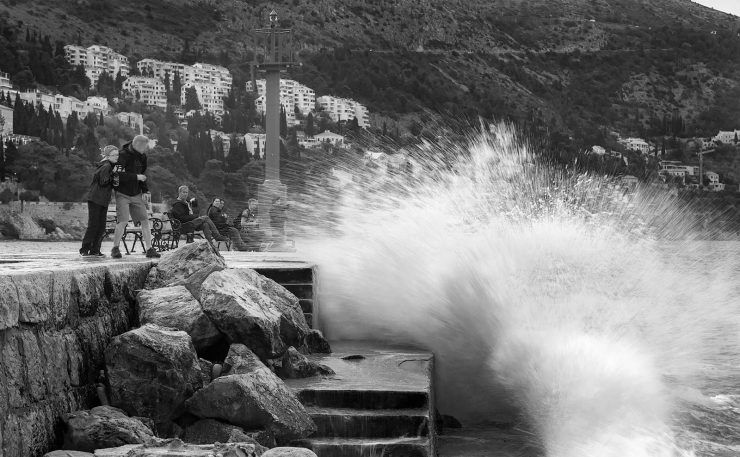
Instead, I preferred to hike around the surrounding area. I walked up the coast and up into the mountains. In fact, one day, I decided to walk across the country and into Bosnia and Herzegovina. From the hills around the city, it was much easier to get an idea of Dubrovnik’s layout.
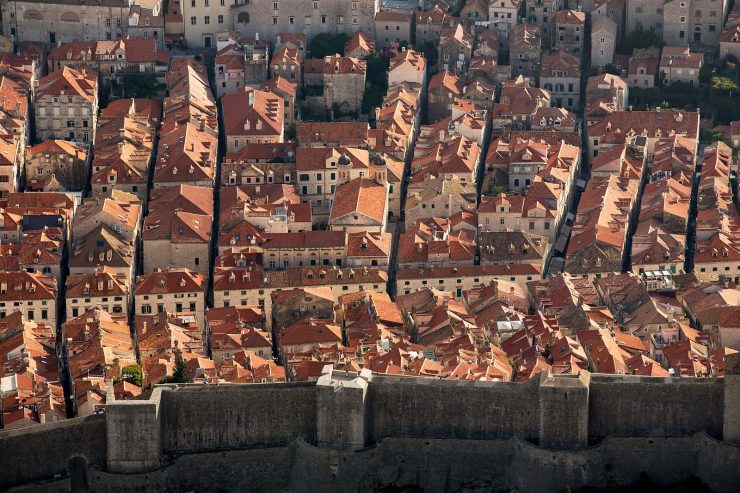
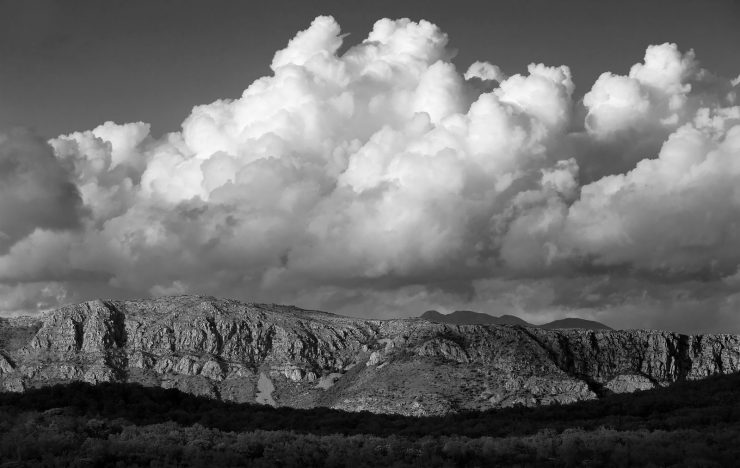
Dubrovnik was under siege by the Serbian/Montenegran army for years during the early 1990s, and many of the nearby towns, such as Bosanka, were completely destroyed. Most of the area has been rebuilt, but it’s still not hard to find the remains of burned or bombed buildings in the area, and if you cross the border into Bosnia, the damage is even more visible.
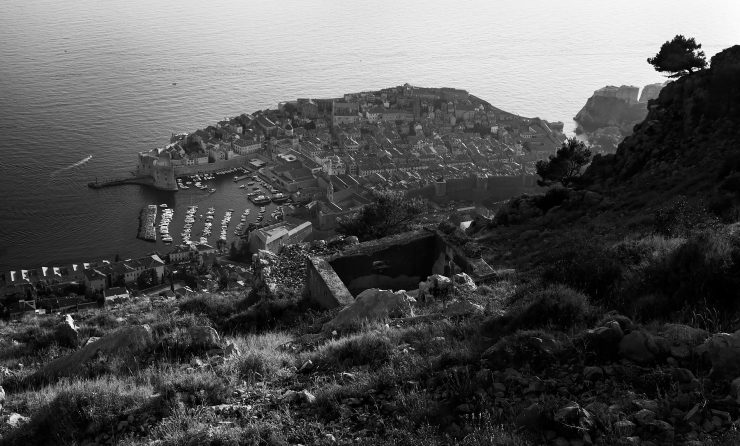
On a couple of occasions, I decided to explore the roads south of town and just kept walking, though the villages of Čibača and Kupari, along a dirt road that tops the coastal cliffs. On a calm day, the view of the turquoise water below was stunning, and the view back towards the city was gorgeous at sunset. In one little cove, I peered over the cliffs and saw a little white and blue boat anchored off shore, but nobody was around… not on shore, not swimming, there were no houses nearby. I don’t know what it was doing there, but it was very picturesque.
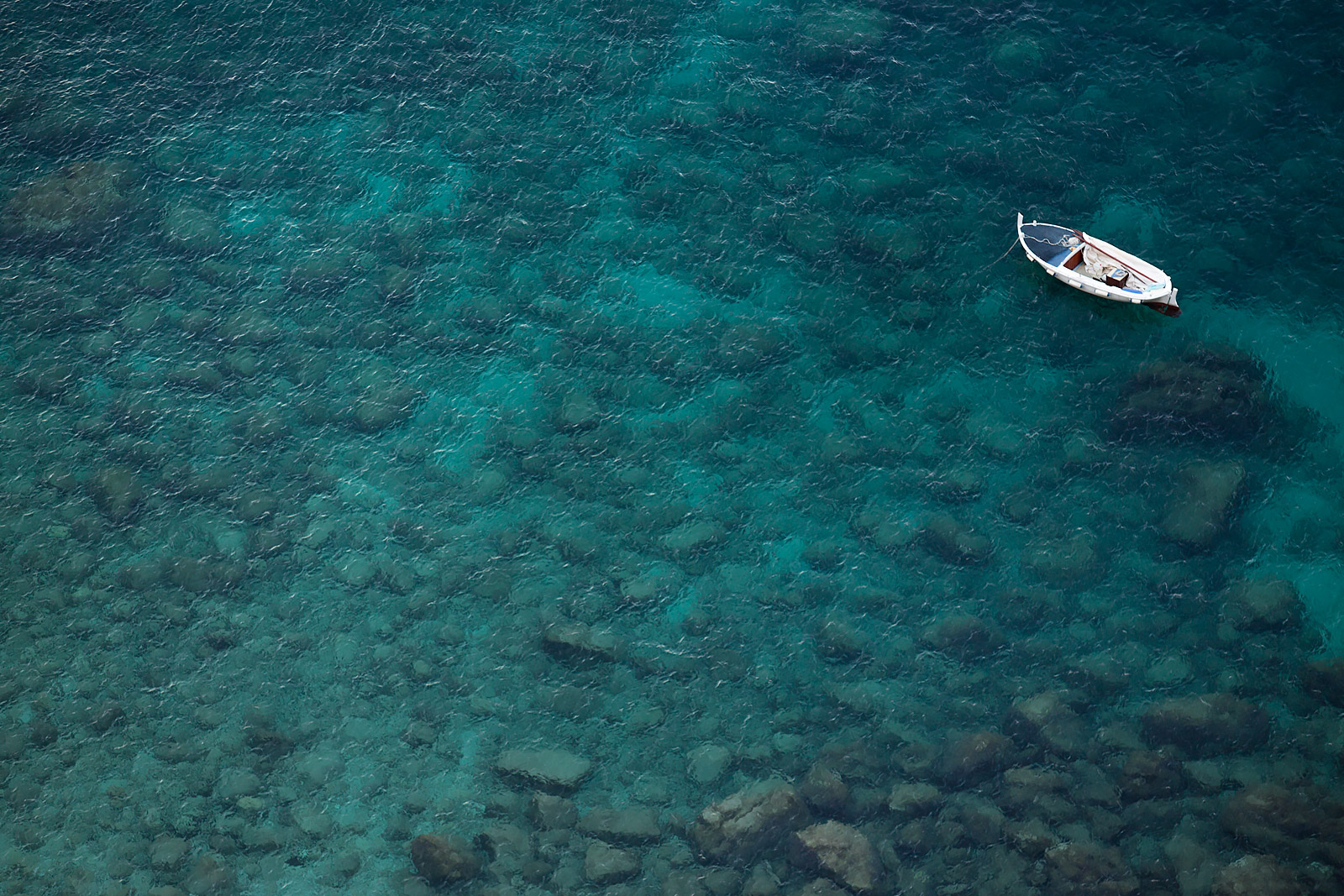
The sun set during my walk home, the colors reflecting in the water behind the city. A “pirate” ship (a replica galleon) chugged into the old harbor, giving me a great silhouette and extra detail.
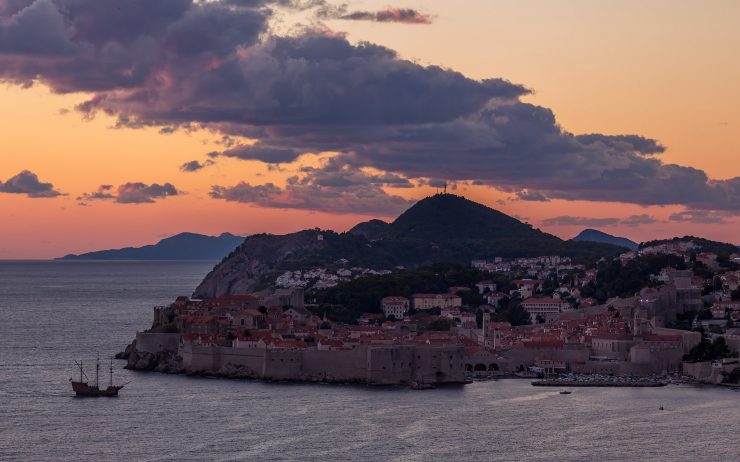
Traveling to Dubrovnik?
Let me know. I might be able to give you some tips. If nothing else, remember this: there is no real camera shop in Dubrovnik, but there is a tiny place in the old town that sells some basics. You won’t be able to buy a new lens or even a real tripod or battery, so make sure you have what you need when you arrive. I was able to buy a polarizer filter, though. Leave questions or comments in the “comments” section below!
